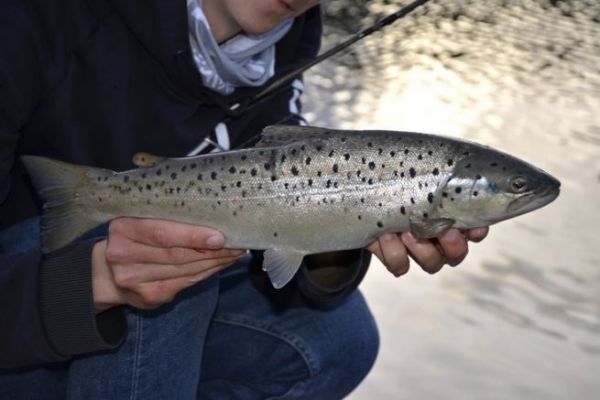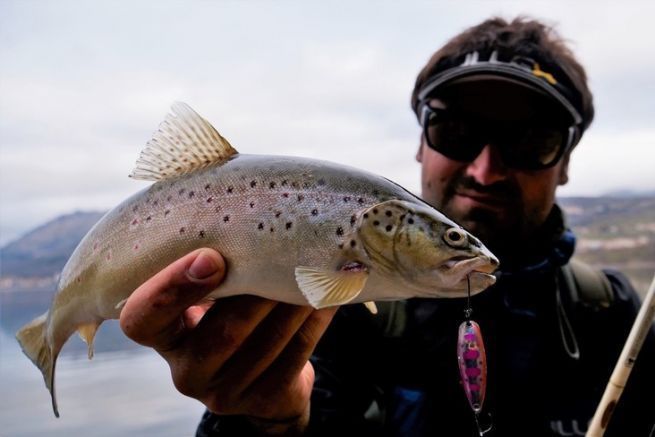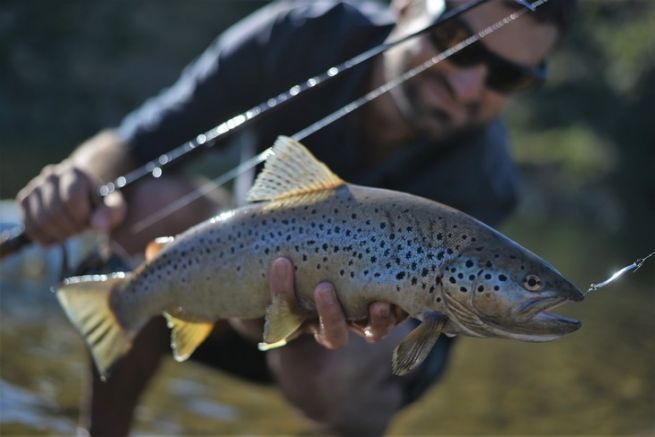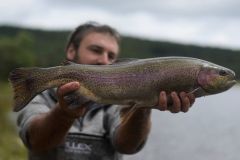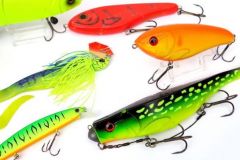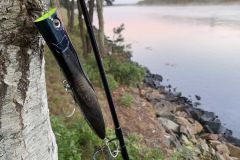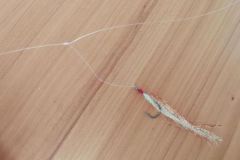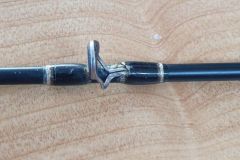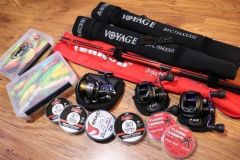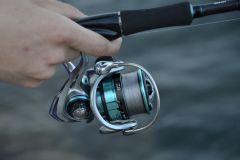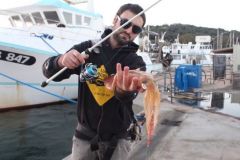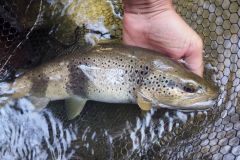Choice of cane
A rod with a fast action is preferable. For fishing comfort and animation, you don't need a very reactive tip. What's more, this can be counterproductive, as trout can attack this lure violently, even when it's brought in very slowly. As a result, the stiffness of the rod means that the trout may not be able to get a good grip on the lure, which will be immediately removed from its mouth. I also like rods with a full tip, which offers sensitivity and progressive tip action when I'm ripple fishing.

The power of the rod will be adapted to the size of the proposed wobbling spoons and the fish sought. You can easily go from a 1.80 m UL (ultra-light) rod for small rivers or lakes at altitude, to a 2.50 m M (medium) rod for large rivers, reservoirs or lakes, for example.
Choosing your reel
As for the reel, we adapt its size to the rod chosen. You can go from 1000 to 3000 with nylon or braid. When I fish barbless, in reservoirs or in competitions, I confess to preferring nylon for spoons weighing less than 5 g. Its elasticity enables me to pick up fewer fish while taking the strain. Its elasticity means fewer fish are unhooked, and it's better able to withstand the head strikes, jumps and rushes of our fly-fishing.
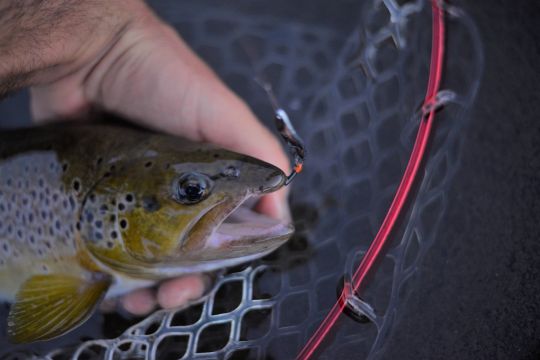
With barbs or on heavier spoon models (over 5 g), I prefer braid, which has very little elasticity. The heavier the lure, the greater its inertia, i.e. the more force it needs to move. Nylon then absorbs too much animation or touch and you lose information and animation precision. What's more, you need to strike really hard at long distance to compensate for the elongation of elastic nylon.
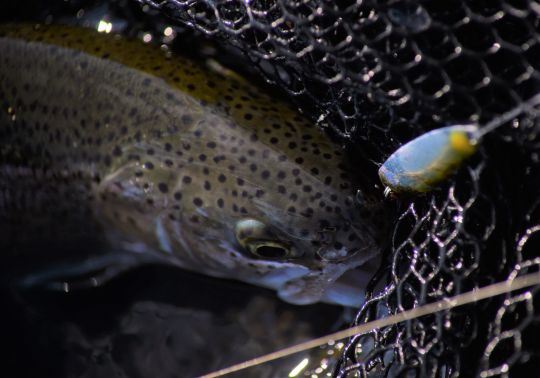
Choosing the ratio
As far as retrieve is concerned, with the exception of upstream fishing in rivers and streams, I prefer to use a low or medium retrieve ratio. These ratios allow you to fine-tune the retrieve of your wobbling spoon and a high ratio is not necessary.
Wobbling spoons are lures that have been widely revived, and for good reason: they are formidable in many situations when nothing seems to work. This is a lure to have in your tackle box at all times of the season, and to learn to master without restraint!

 /
/ 

